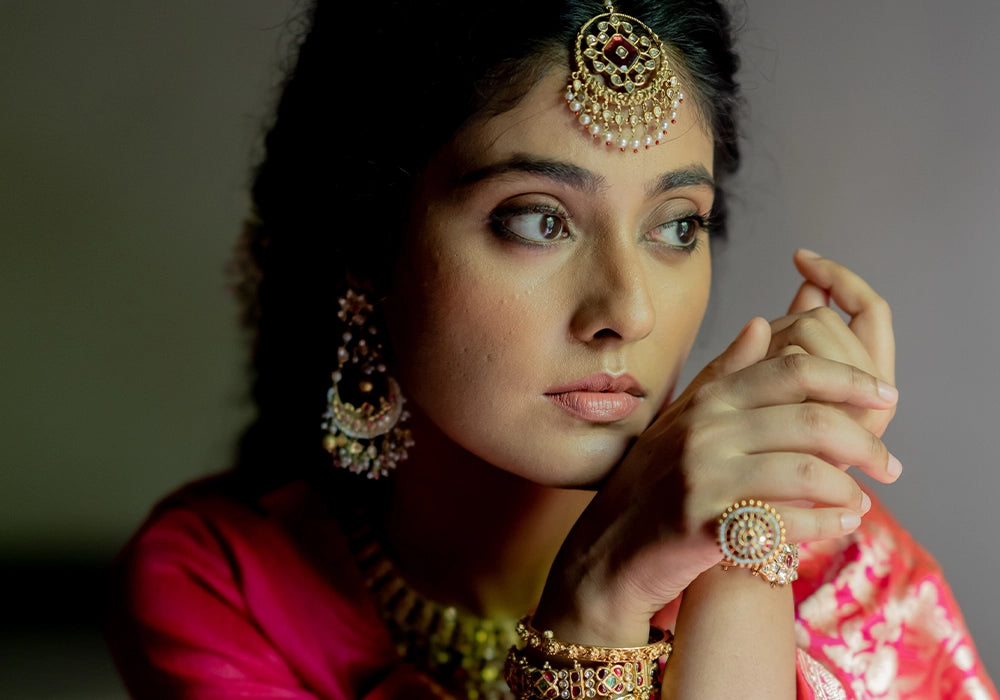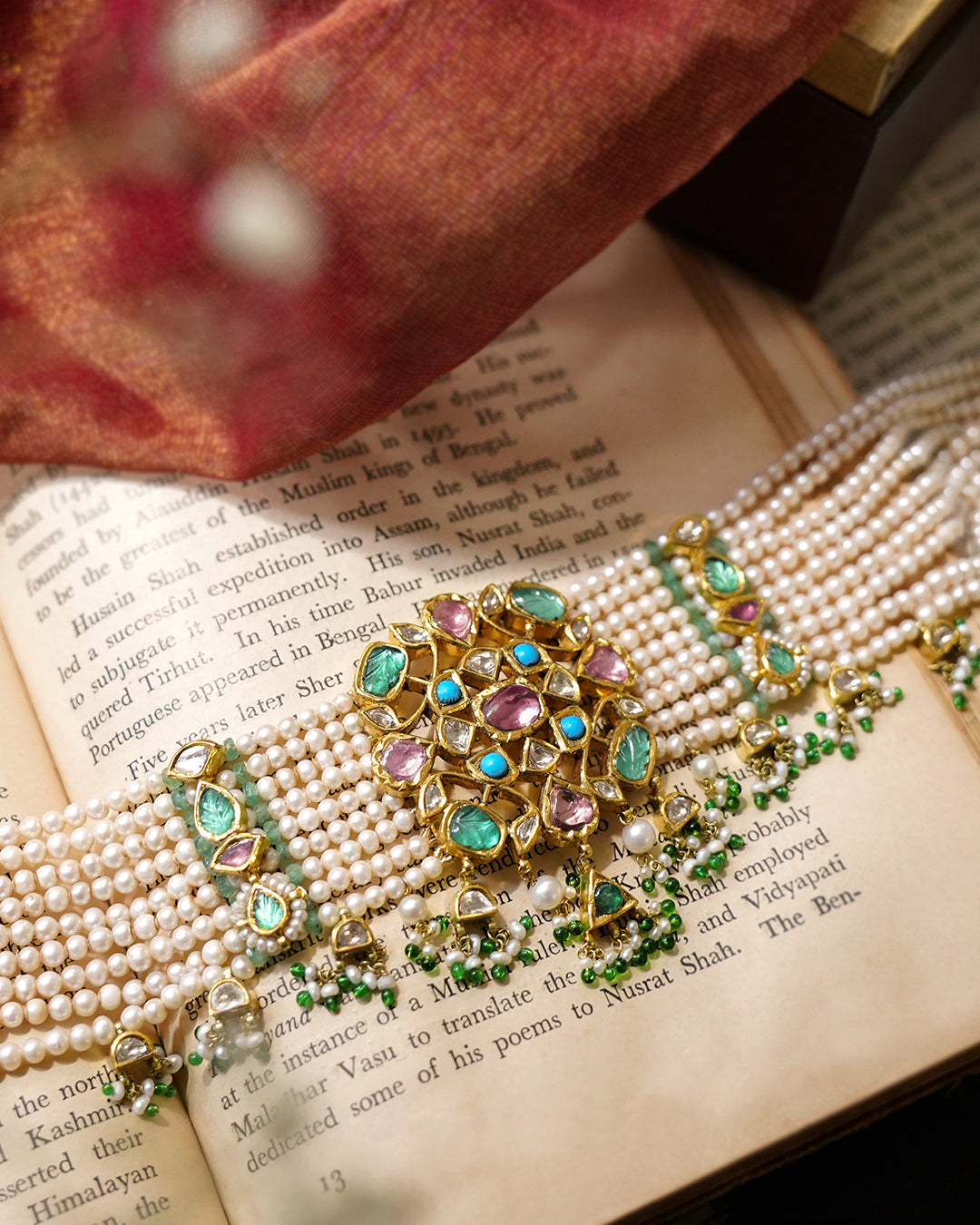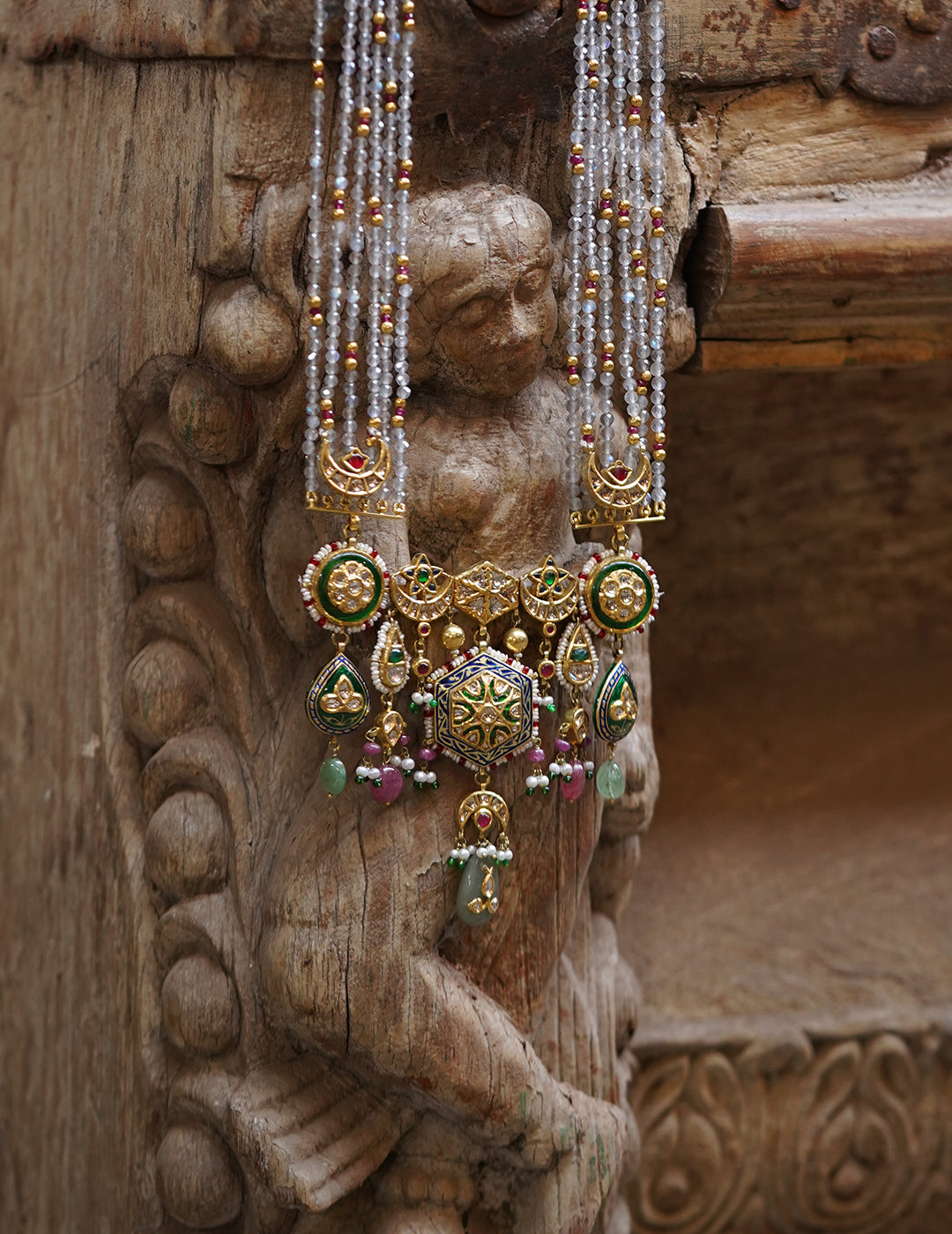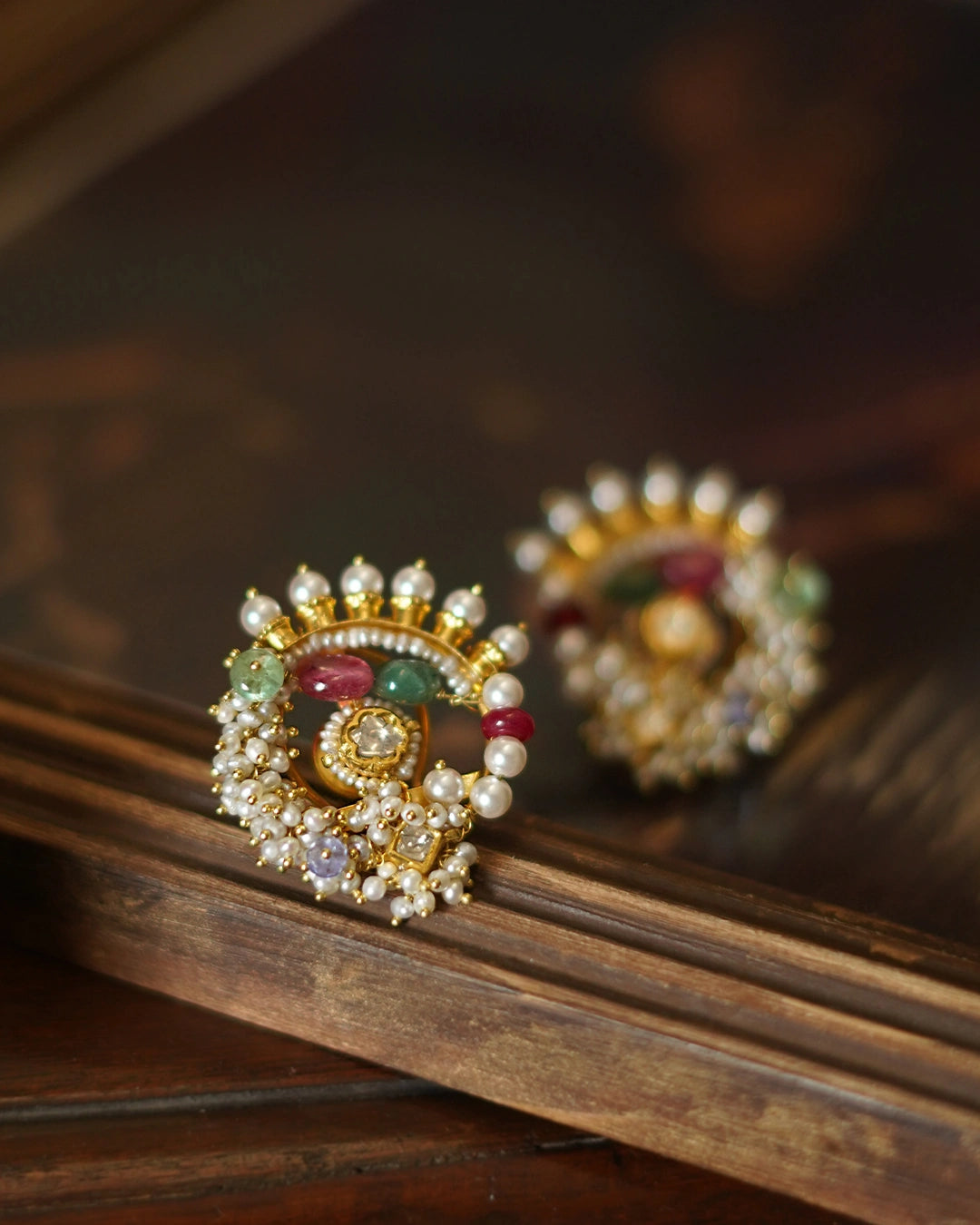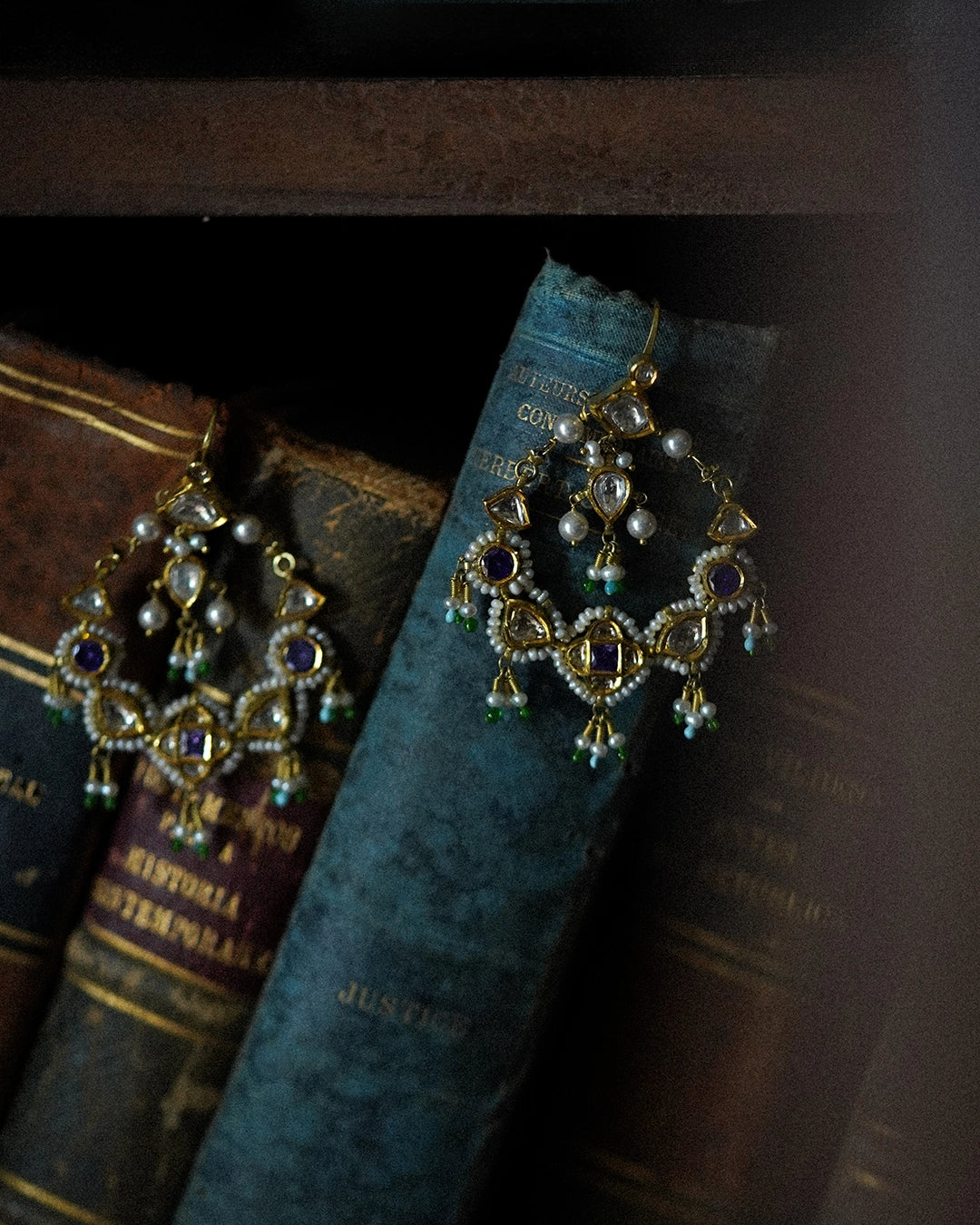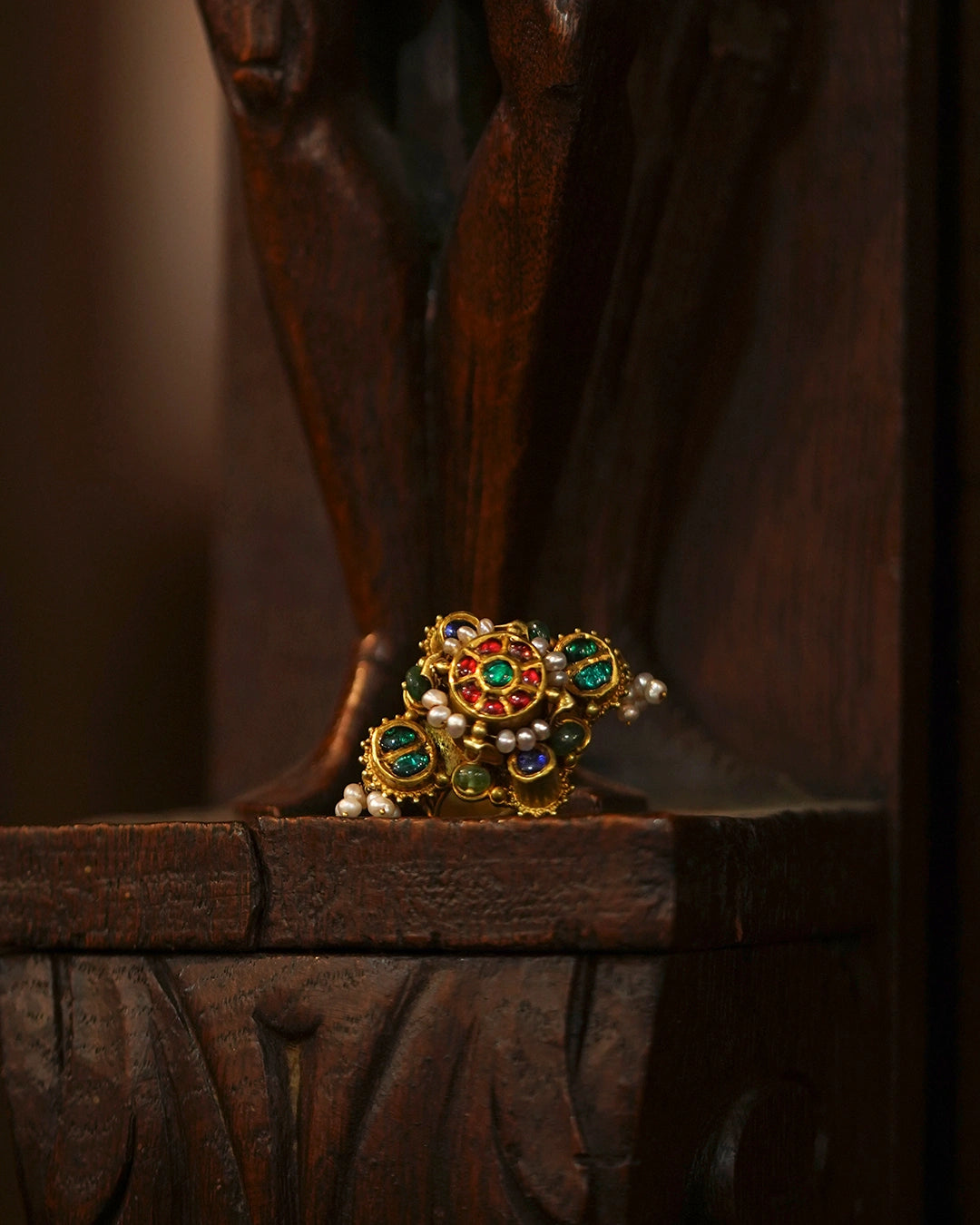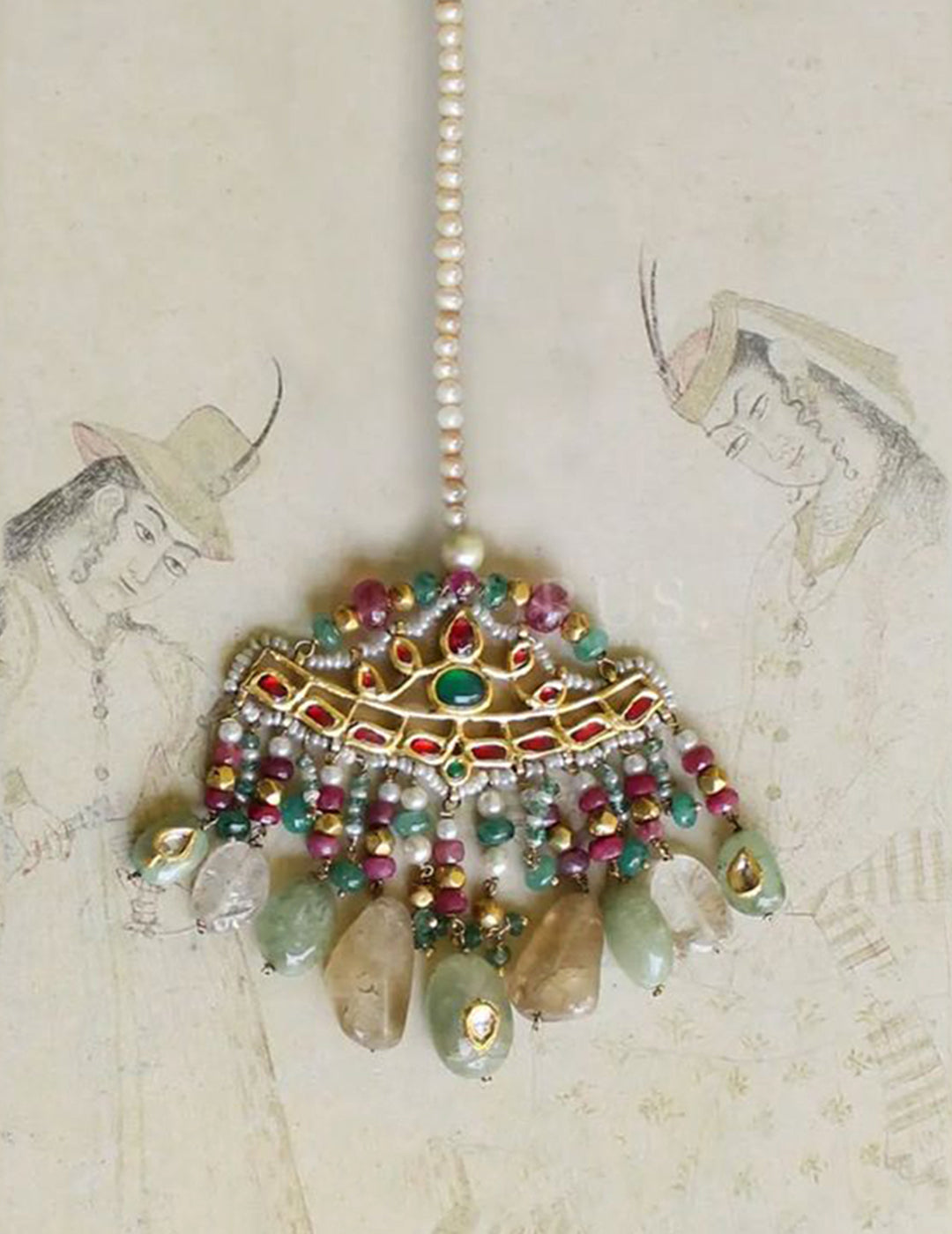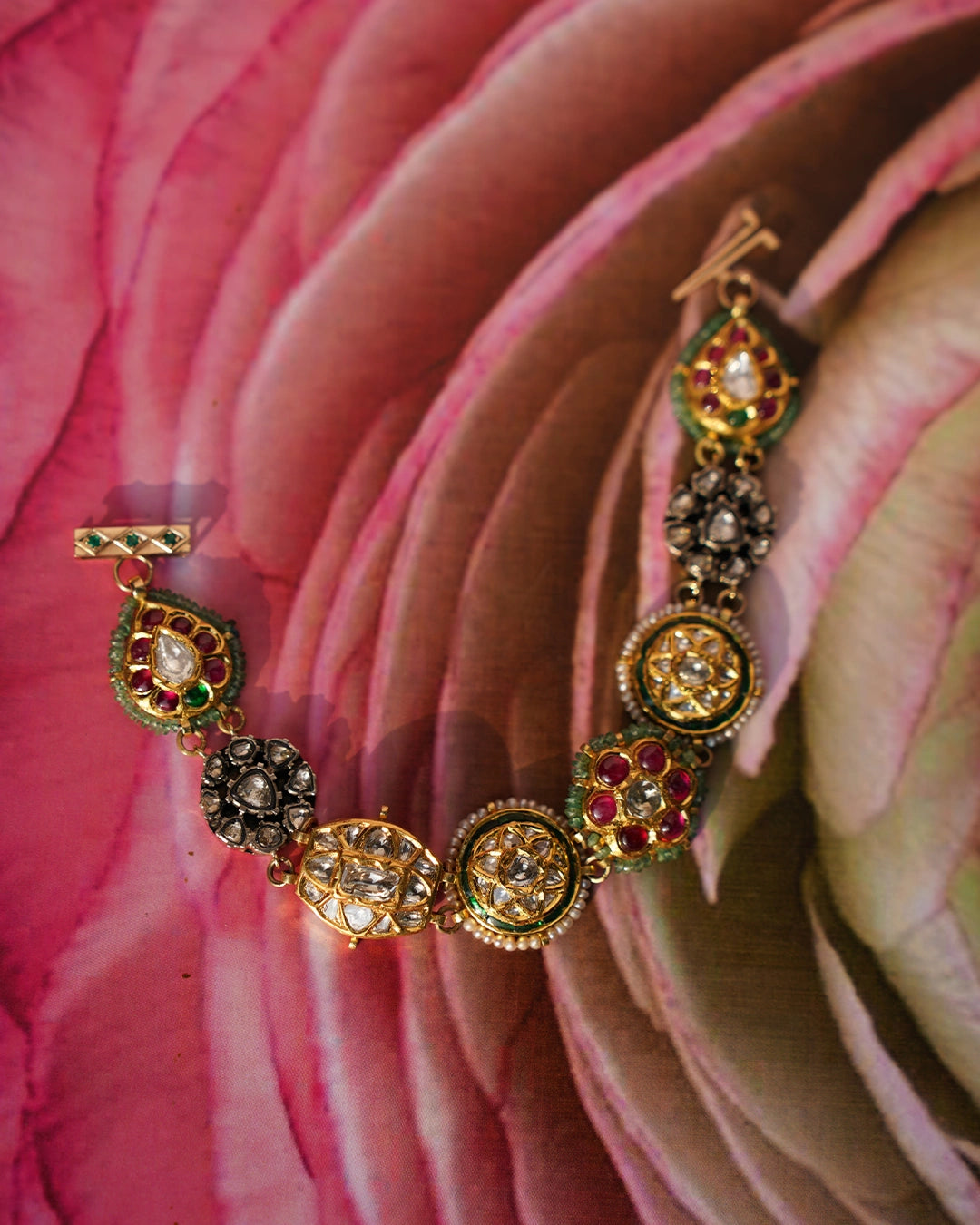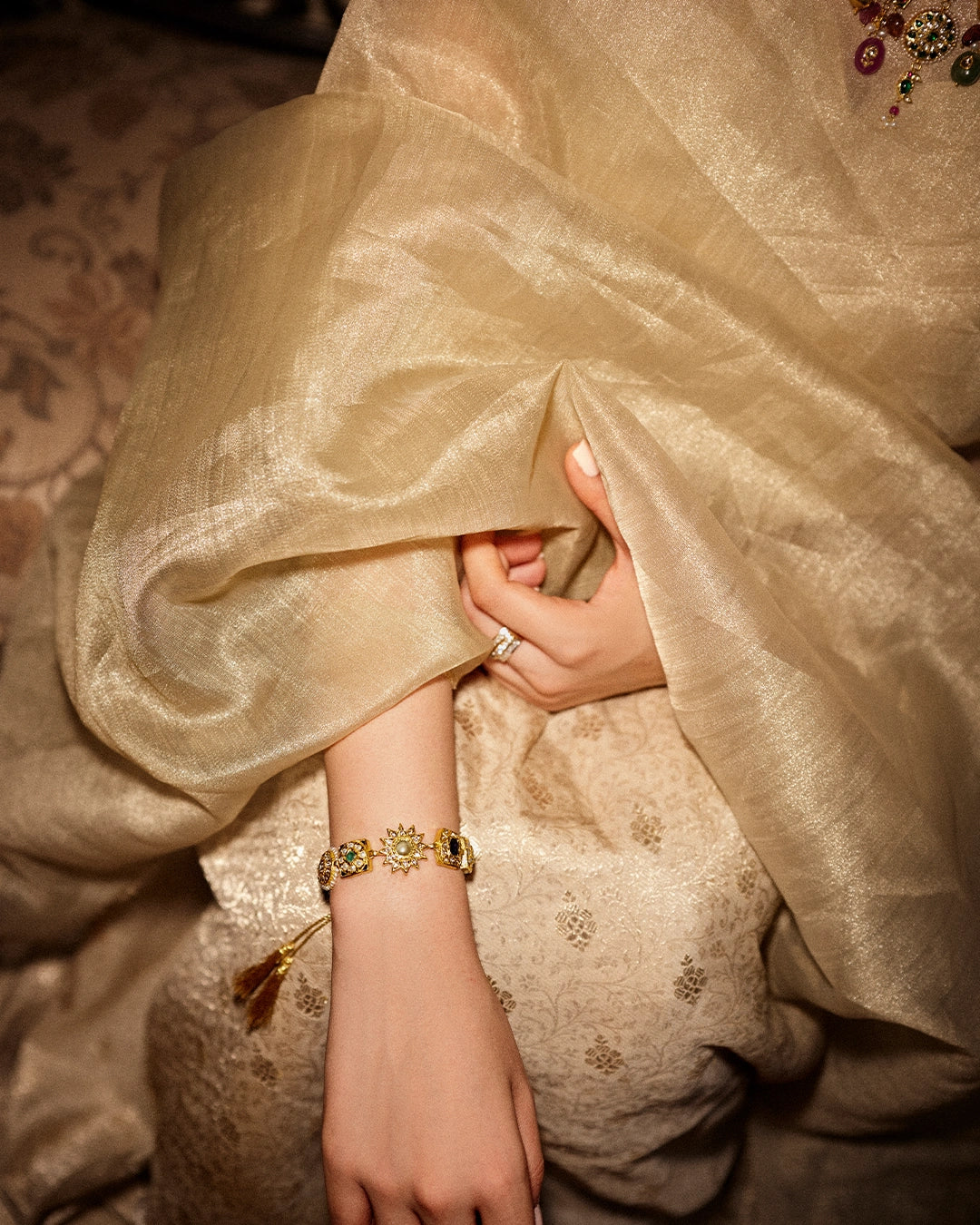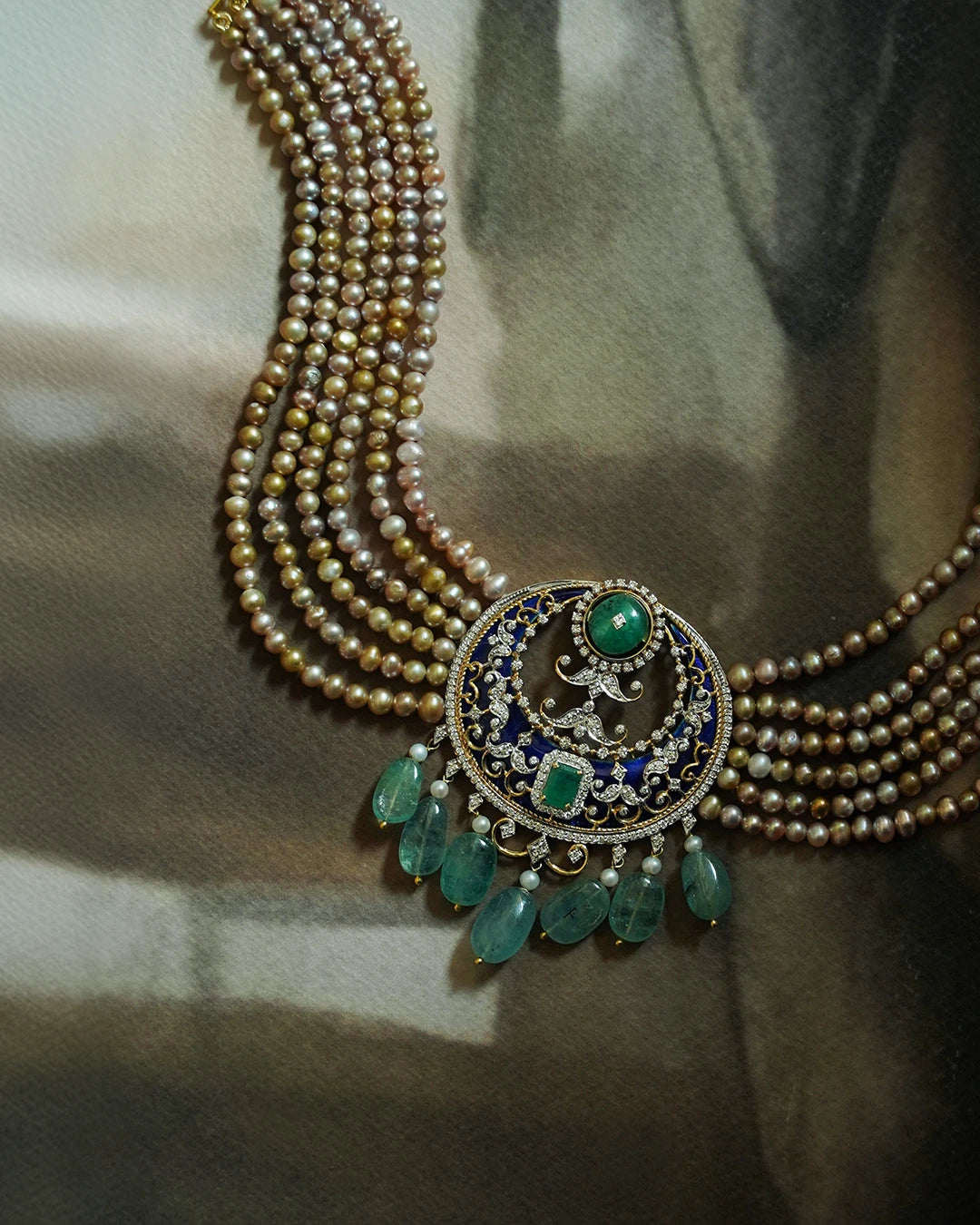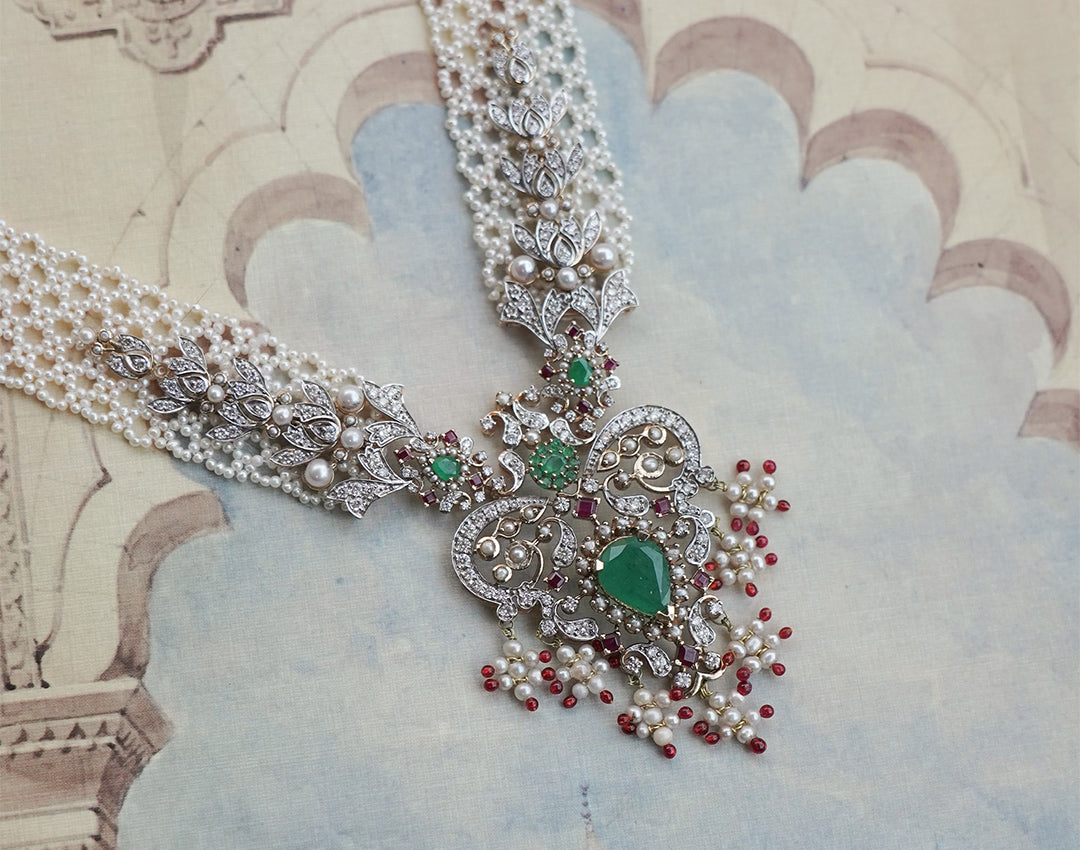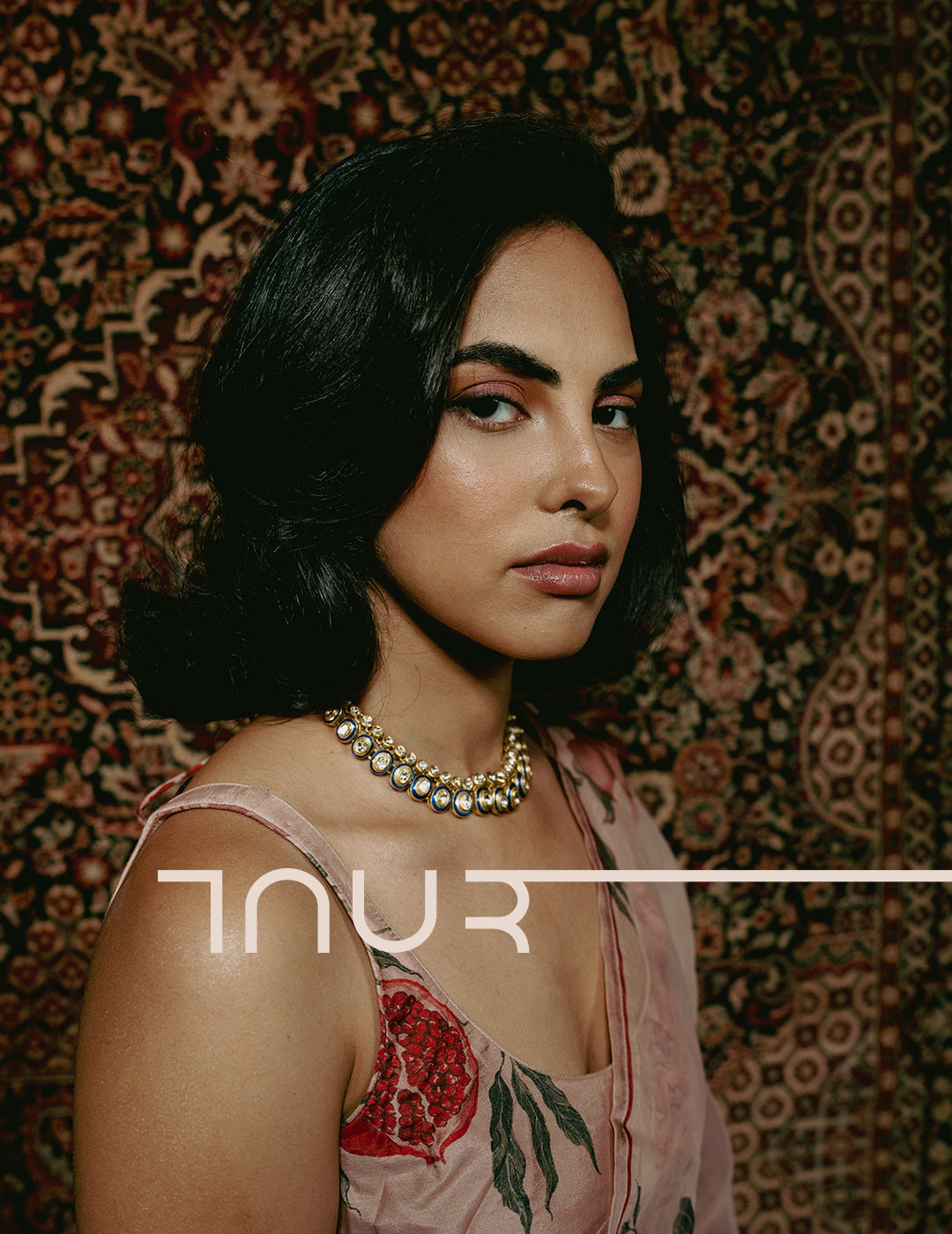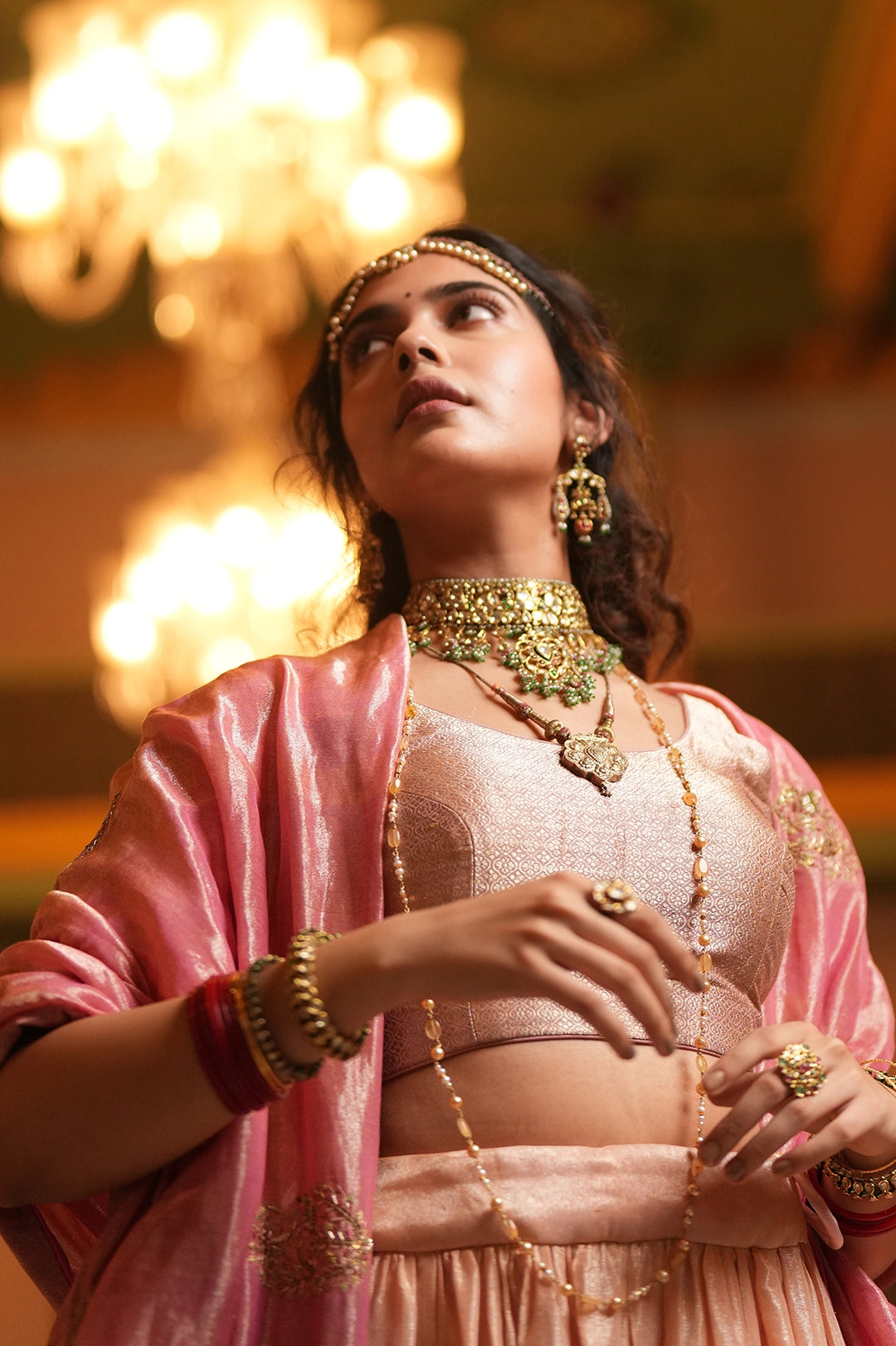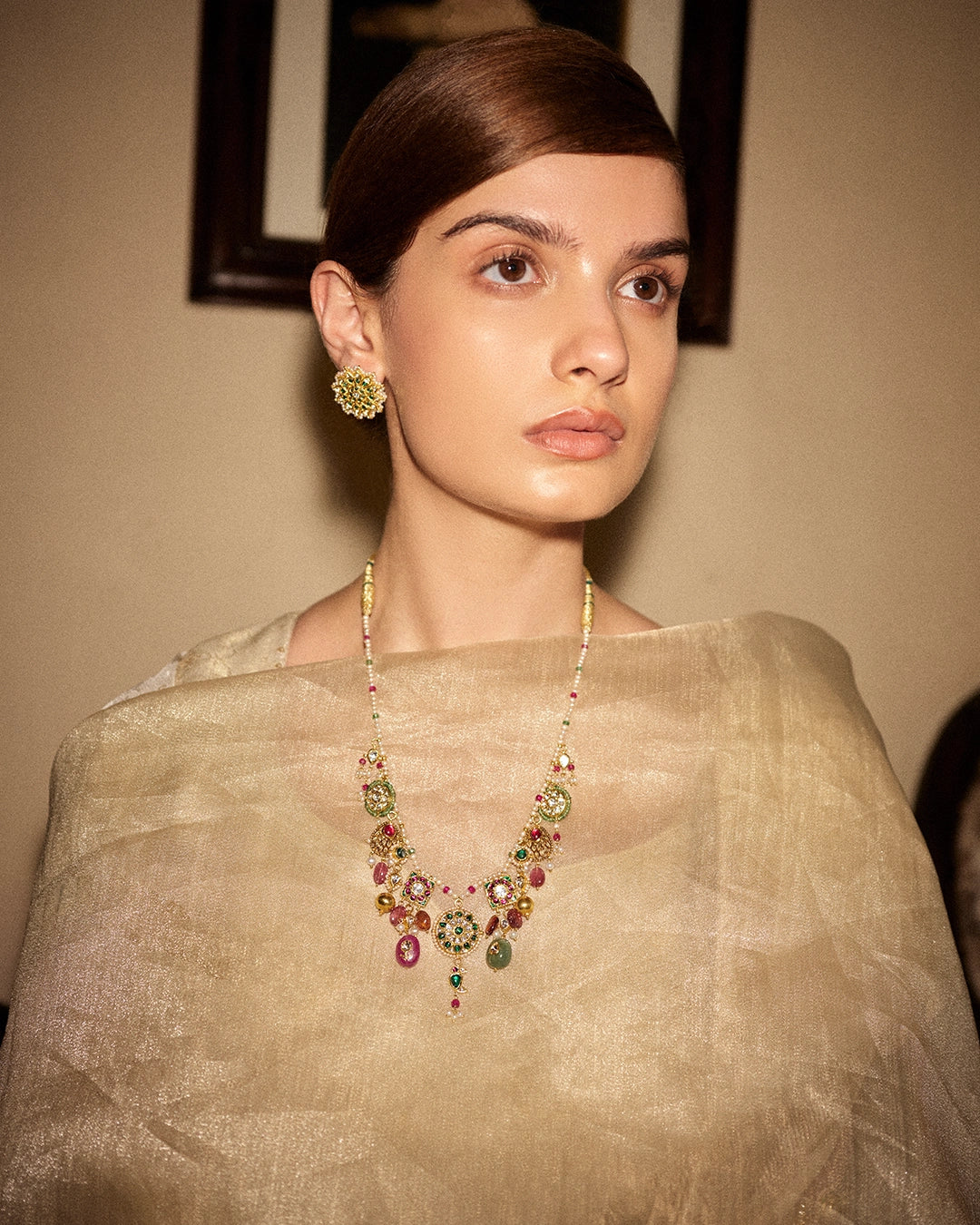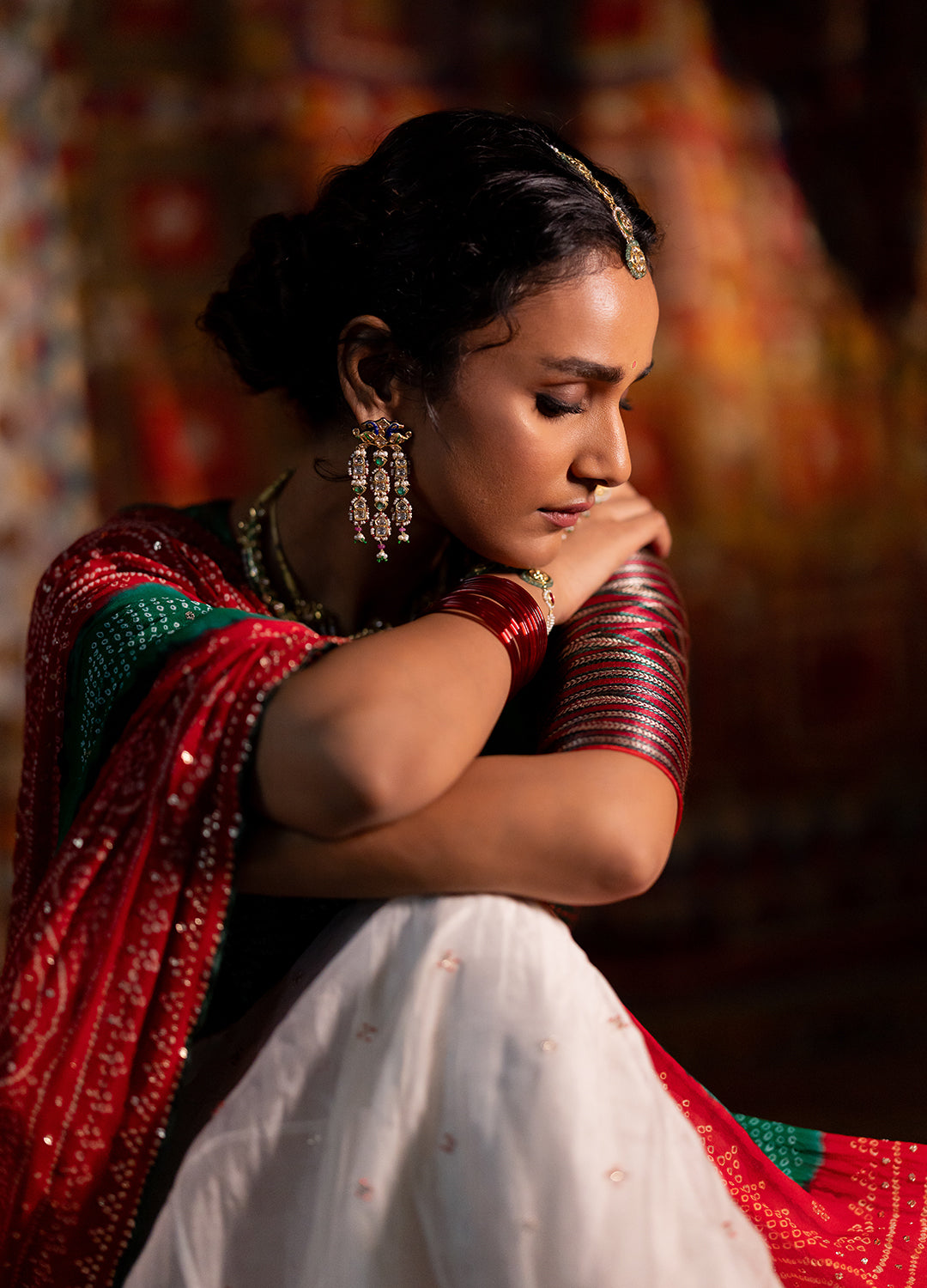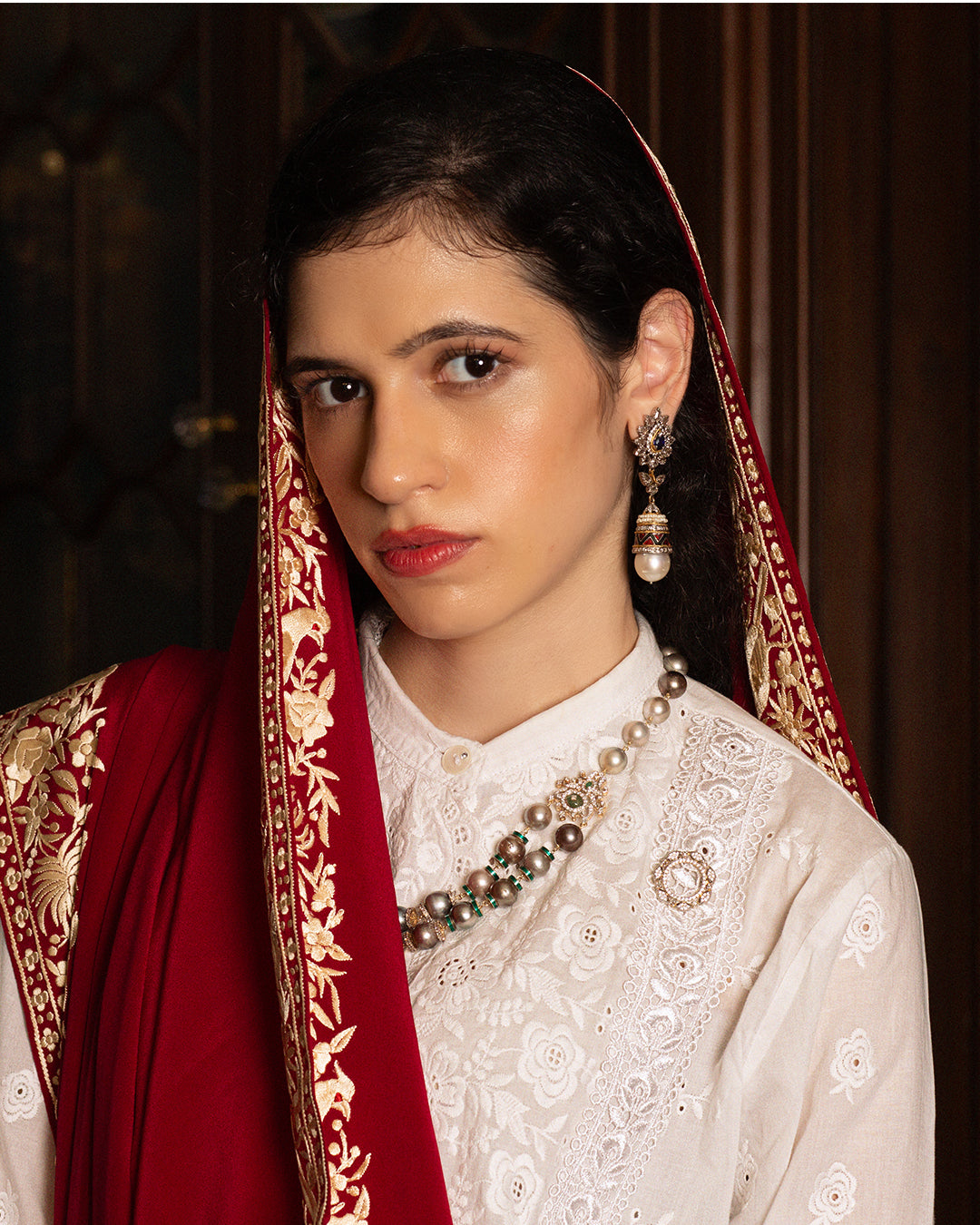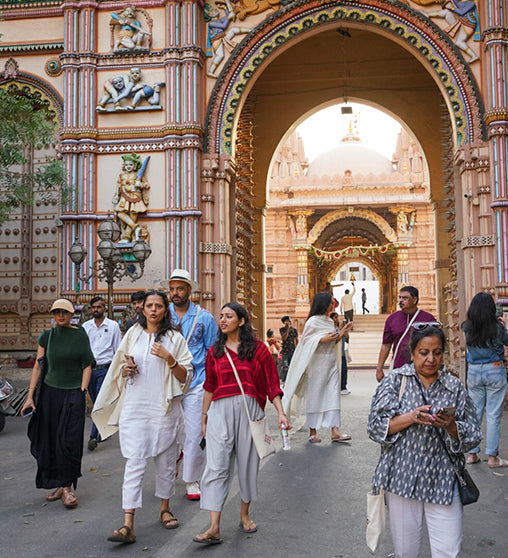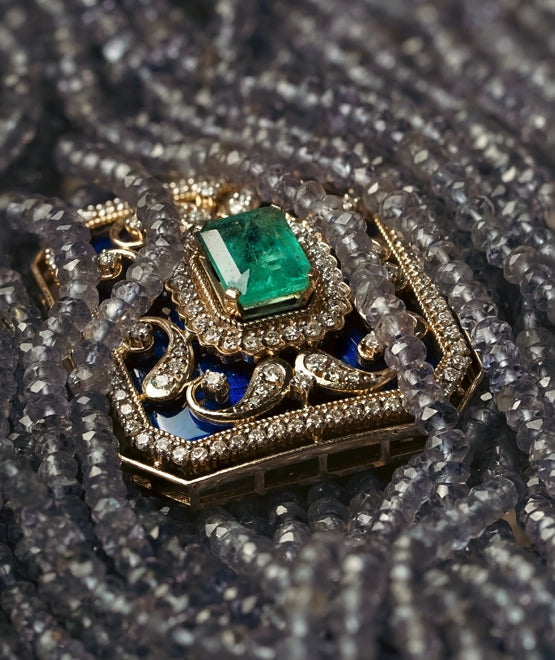The history that we read about today, jewels saw it up close. While sitting on the crowns of the kings and queens, embedded in the thrones of emperors and hiding in the treasures of kingdoms, they witnessed the rise and fall of empires. One of these pieces of jewelry that can tell a lot of stories is the bracelet. Be it an Indian bracelet that embellished the wrists of the Mughals or a greek bracelet forged in the 4th century, bracelets have been an essential part of history.
In the mood for stories? Read on to find out about other famous bracelets that were a significant part of history.
Marie-Antoinette’s Diamond Bracelets

Image courtesy: Christie's via Only Natural Diamonds
This one takes us to the queen of France during the french revolution, Marie Antoinette. She was overthrown by the french revolutionaries and was guillotined (beheaded) when the monarchy in France was abolished. Besides her love for cake, Marie also fancied jewelry.
Her diamond bracelets featured a rather simple design and were loaded with 112 exquisite diamonds. The diamond bracelets had a unique journey that commenced at the Tuileries Palace in Paris, where the queen was imprisoned. As stated by Christie’s, Marie wrapped her jewels, including the diamond bracelets, in cotton, hid them in a wooden box, and sent them to Count Mercy-Argenteau, in Brussels.
Argenteau was an Austrian Ambassador and a friend of the french royal family. After the queen was guillotined, the diamond bracelets and other jewels were documented in Austria and were sent to Vienna, to her only heir, Marie-Thérèse Charlotte of France.
Crafted by Charles Auguste Boehmer, Marie Antoinette’s personal jeweler, the diamond bracelets have been described as light and well-made. According to the letters sent by Marie’s mother, the queen had unsettled her finances in order to purchase these diamond bracelets. She had traded in some of her other jewels at a lower cost and borrowed 29,000 livres from her husband to pay a sum of 250,000 livres ($4.6 million in today’s currency) in total.
The diamond bracelets continue to be in great condition and were put up for auction on 9 November 2021 in Geneva Magnificent Jewels. They were sold for 7.04 million Euros.
Cartier’s Love Bracelets

Image courtesy: Cartier via CR Fashion Book
Apart from wealth, status, and power, jewelry has also been a symbol of love. You can use it to embellish the person you adore and it will stay with them as a memento of your union. Keeping the same principle in mind, Italian jewelry designer Aldo Cipullo created love bracelets for Cartier in 1969.
The love bracelets were born as a unisex modern handcuff as they were oval-shaped and sat tight around the wrist of the wearer. They have been one of the most famous pieces of jewelry in history. So much so that they are just as popular nowadays as they were back in the last century.
The bracelet comes with a special screwdriver that can be used to open the bracelet. This special locking mechanism acts as a symbol of commitment to the relationship. The love bracelets by Cartier, with their interesting design and look, have stayed in the market for several decades and have been seen in the hands of many famous celebrities.
Darya-e Noor

Image courtesy: Wikimedia Commons
The stunning Darya-e Noor, which translates to a river of light, is a diamond that comes from the Kollur Mine in India’s Andara Pradesh. According to Arpege Diamonds, Jean Baptiste Tavernier laid his eyes on the great table diamond back in 1642. It is believed that Darya-e Noor and Noor ul Ain, which is another pink diamond that means Light of the Eye, comes from the great table diamond.
Darya-e Noor is a very old diamond. It is believed to have been possessed by Kakatiya Dynasty, who lost it to the Khilji Dynasty. It was placed on the throne of Shah Jahan and was then looted by Nadir Shah and disappeared after his assassination.
When the beautiful pink diamond was discovered by the East India Company, it was sent to Britain where it was auctioned in 1852. Purchased by Khwaja Alimullah, the stone returned to India and was then transferred to Dhaka following the partition. It is said that the stone has been kept in a vault in Sonali Bank where its authenticity was verified by experts.
But, its presence in the crown jewels of Iran tells a whole other story. Nader Shah, after his conquest, went back to Iran and gave the diamond to his grandson. It eventually reached Fath Ali Shah Qajar of the Qajar dynasty, who wore it as an armband or bracelet. The central bank of Iran believes that the stone they possess is the real one and never left Iran after Nader Shah came back.
This Indian bracelet that was possessed by Fath Ali Shah Qajar, featuring the pink diamond, originated in the mines of Andhra Pradesh and saw a long voyage. It now rests in the central bank of Iran, Tehran. On the other hand, the diamond possessed by Sonali Bank hasn’t been revealed but verified to be a pink diamond. There might be a possibility that Sonali Bank has the Noor ul Ain, another pink diamond that was cut from the same diamond as the Dariya-e Noor.
Bulgari Serpenti

Image courtesy: Bulgari via Time and Tide Watches
Bulgari originated in Greece, with its name coming from the founder Sotirios Boulgaris. Boulgaris landed in Italy in 1884, where he set up the Bulgari jewelry house.
According to Montres Publiques, Boulgaris used the Tubogas technique to craft the Serpenti design diamond bracelets and armbands, the design of which was similar to the jewelry designs of Ancient Romans. All the pieces were handmade and therefore, unique. The 1950s saw a growth in the popularity of the Serpenti collection as new designs were being introduced.
Elizabeth Taylor, when she was filming the movie Cleopatra in Rome in the 1960s, was seen wearing one of the first gem-set Serpenti watches ever made by Bulgari. After the 1960s, Bulgari came up with interesting designs for bracelets, encrusted with radiant gemstones and decorated with polychrome enamel.
The 1970s saw a change in the trends and the production of intricate designs ended. Bulgari also introduced the pairing of steel and gold in this decade which cost more than pieces made in pure gold. This decade also marked the end of co-signed Serpenti pieces and Bulgari opened a factory to manufacture their own watch movements.
Cut to 2009, when Bulgari celebrated its 125th anniversary. They re-introduced the Serpenti in a new modern design that featured geometrical shapes and various variations including plain gold and diamond set gold. 2015 saw the Serpenti watch with the head-over-tail style and 2016 took the glitters to a whole new level with the Serpenti Incantati.
Serpenti has taken the snake motif to a whole new level with its diamond and emerald bracelets, watches, and other pieces of jewelry. With their intricate designs and luxe, they have set the bar high.
These bracelets, featuring complex and innovative designs, shining diamonds, and vivid gemstones, have been an important part of history and the world of jewelry. They have witnessed the formation of history and withstood the test of time, still shining in this modern era of jewelry.
Looking for something that remains in style with the constantly changing trends? We invite you to take a look at our Indian bracelet collection.
